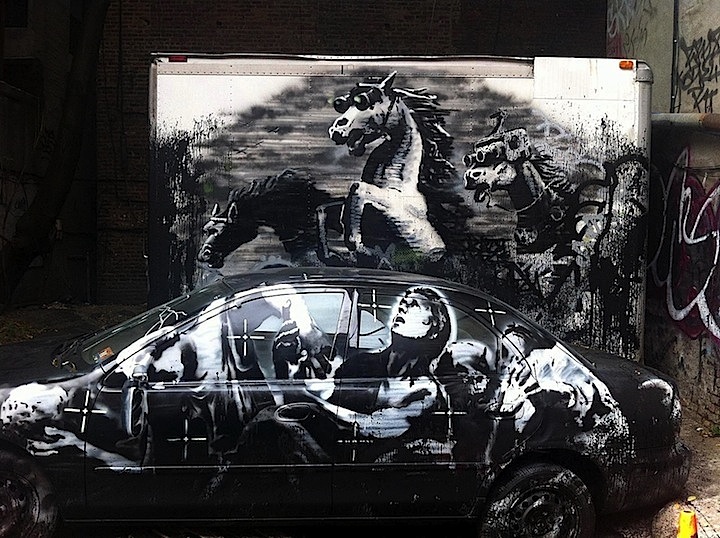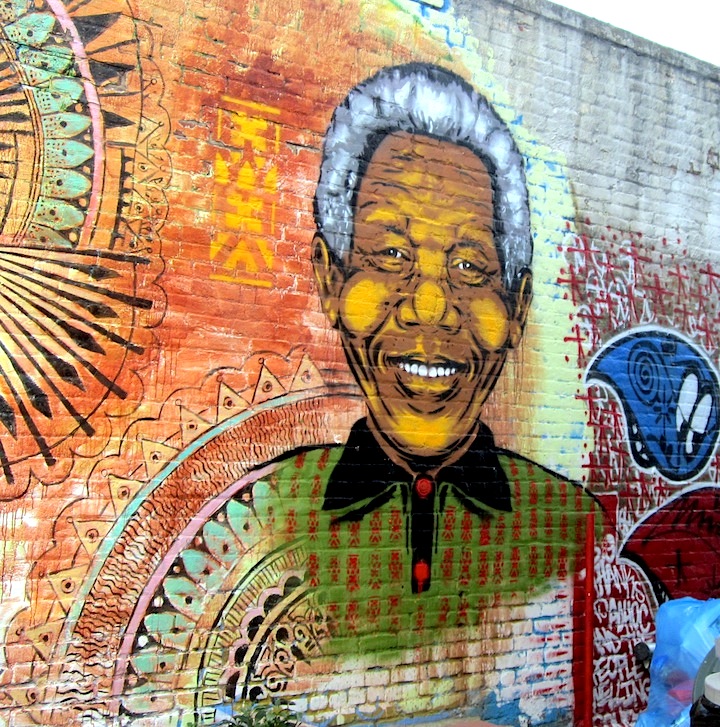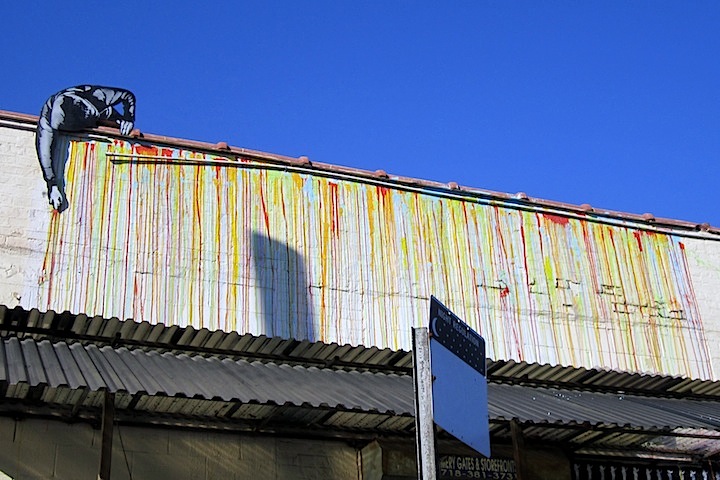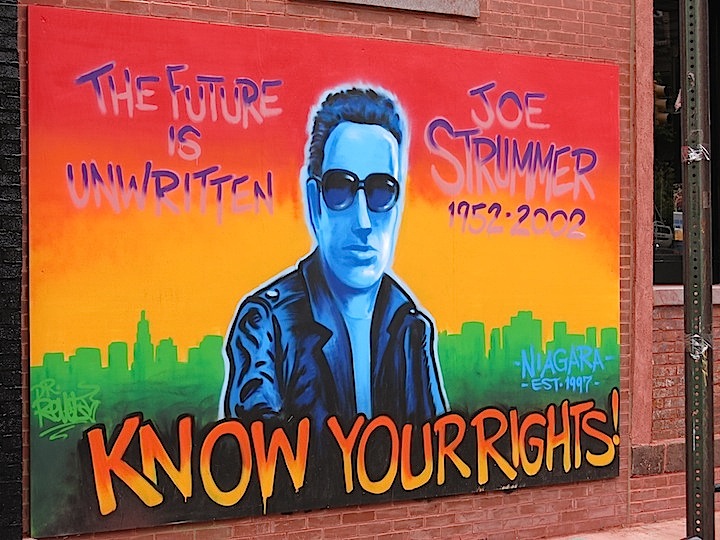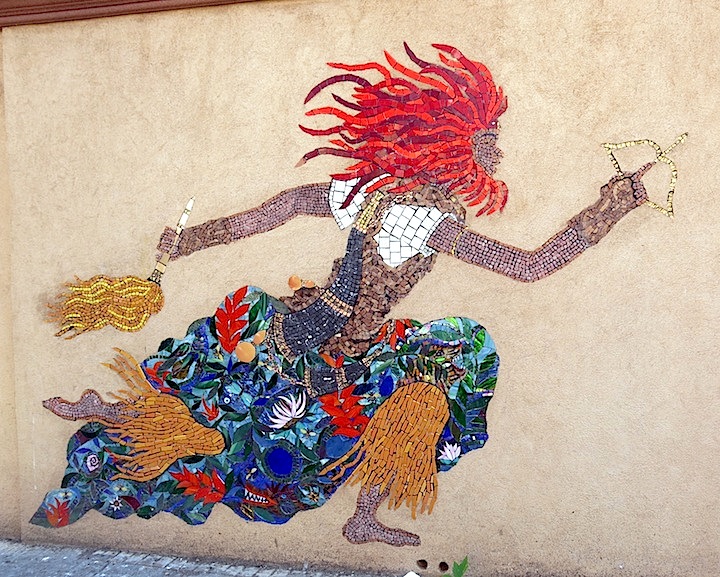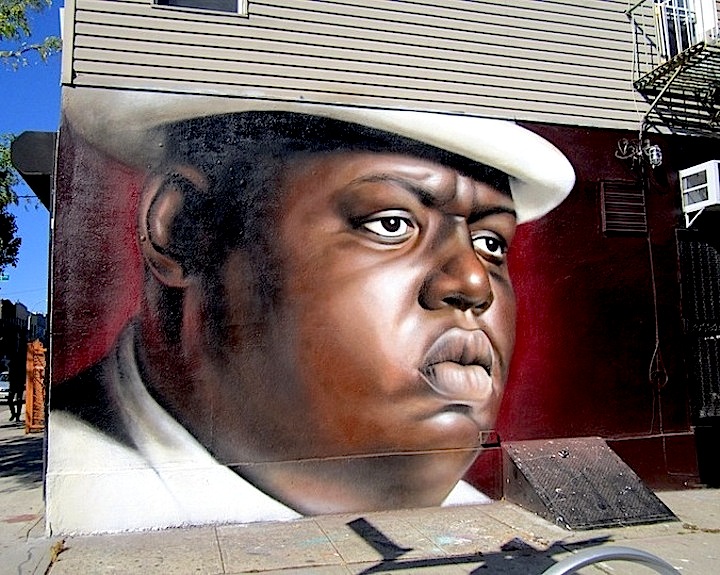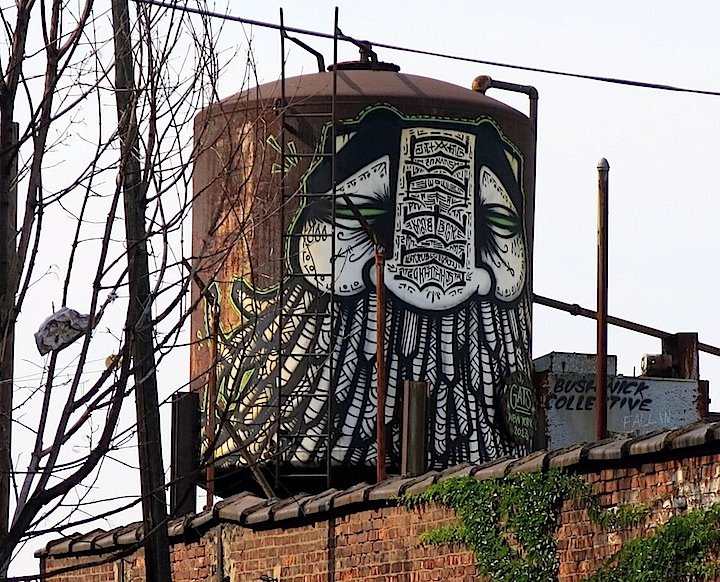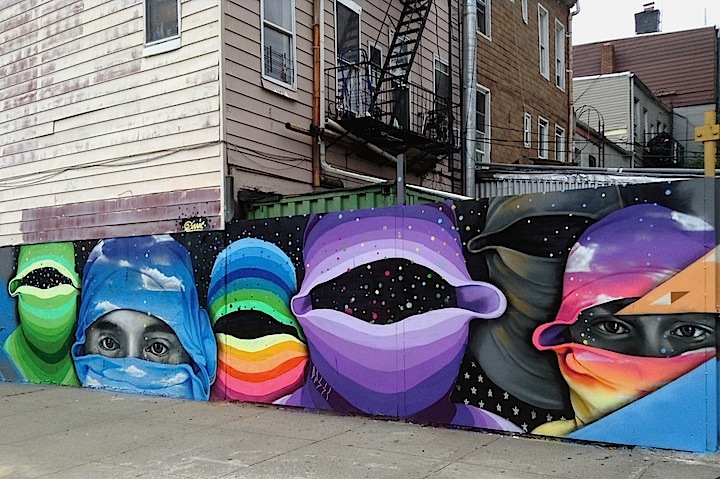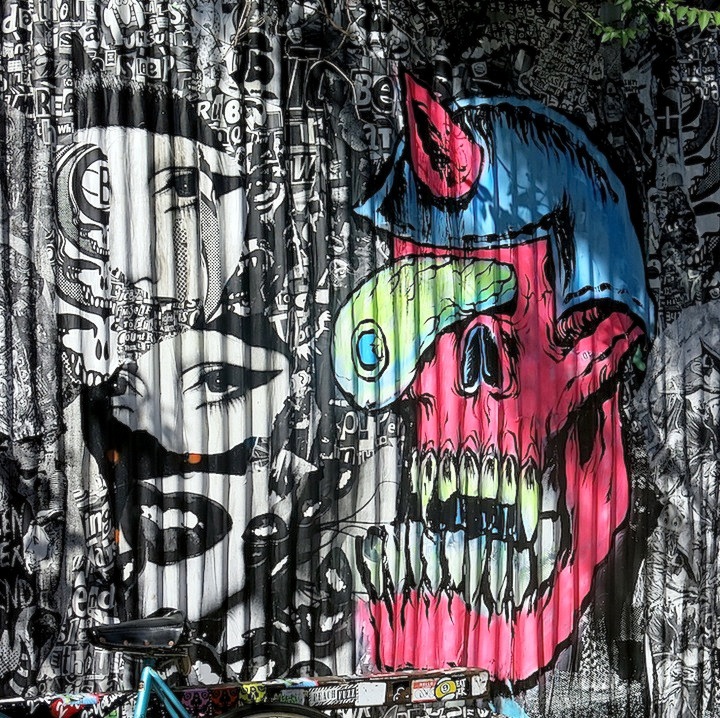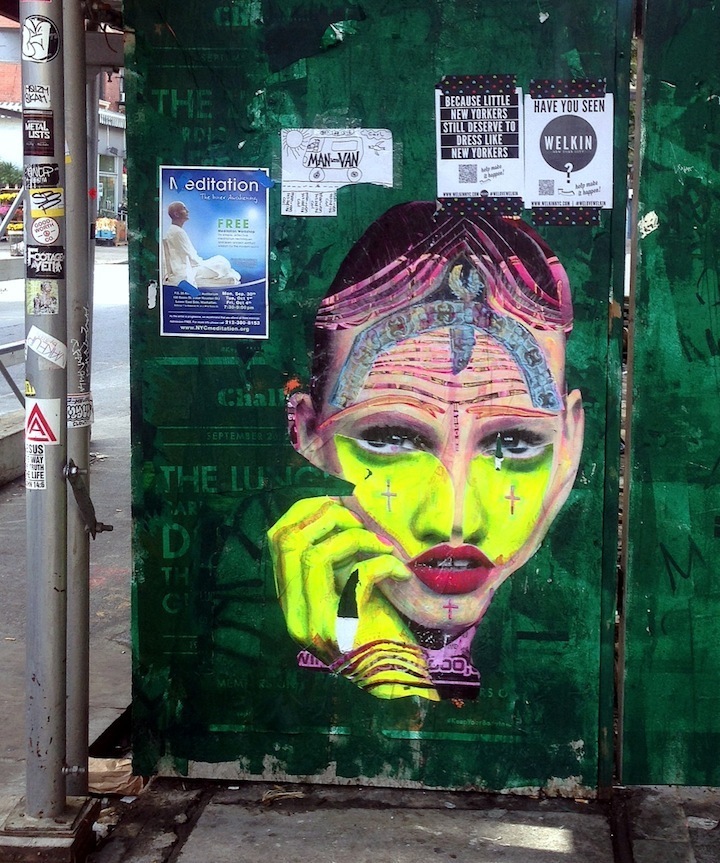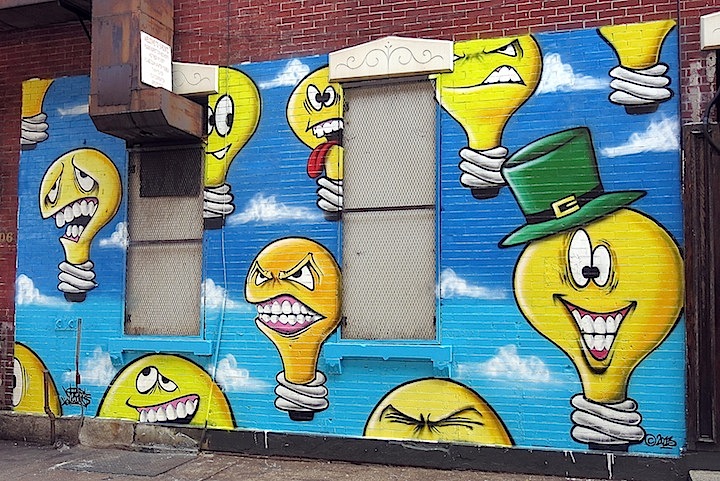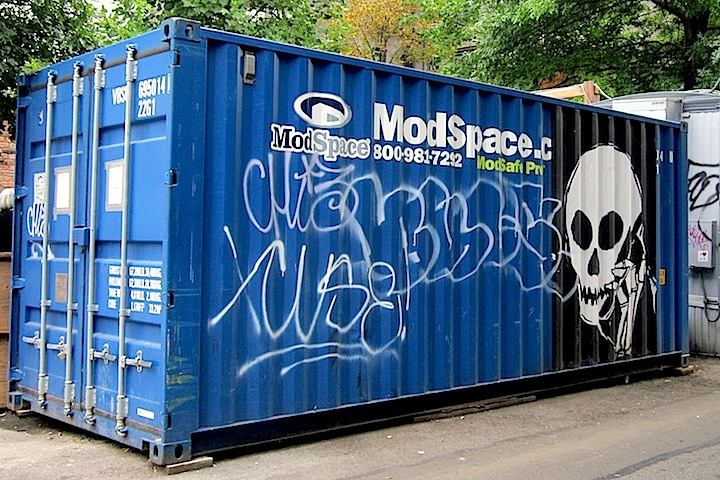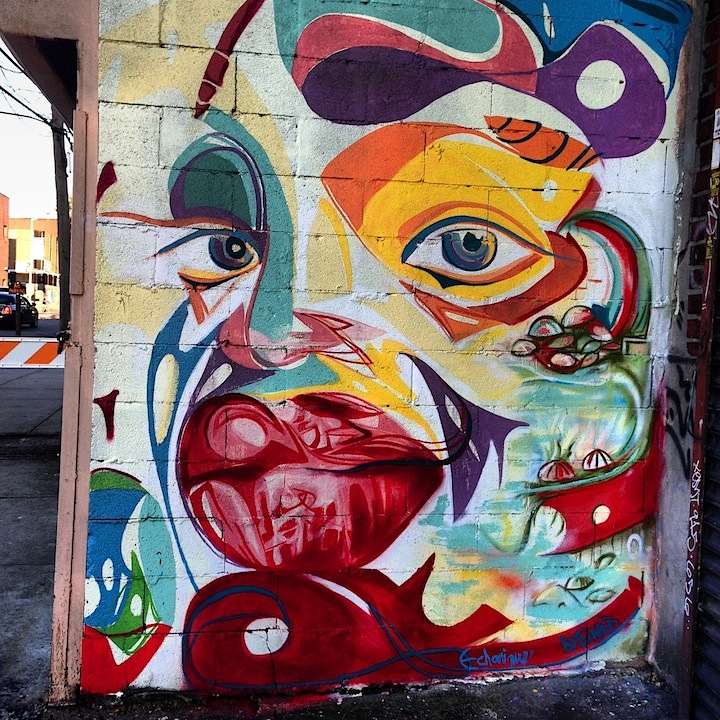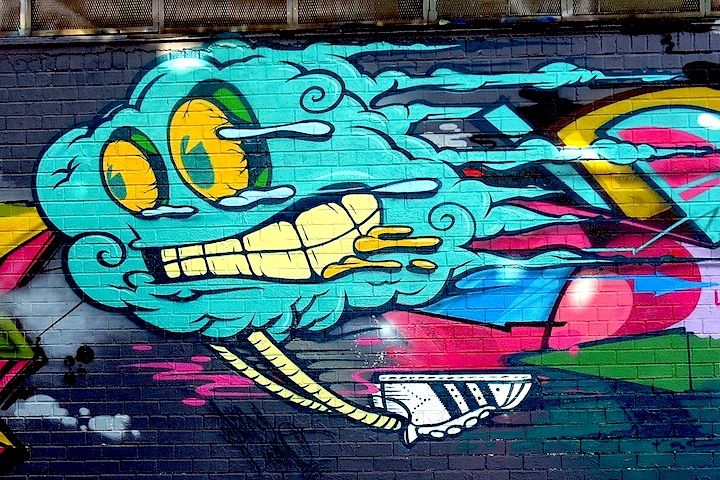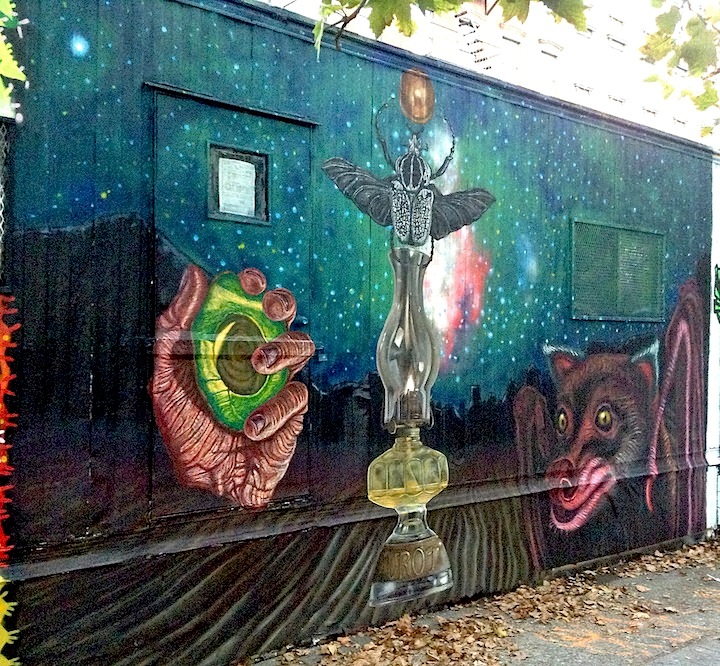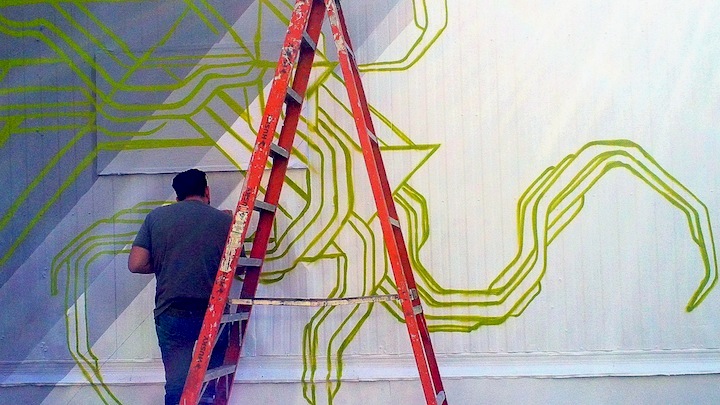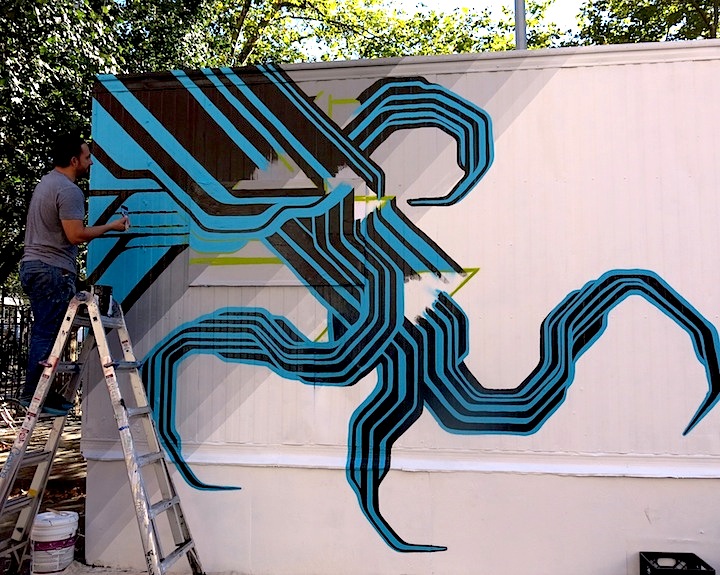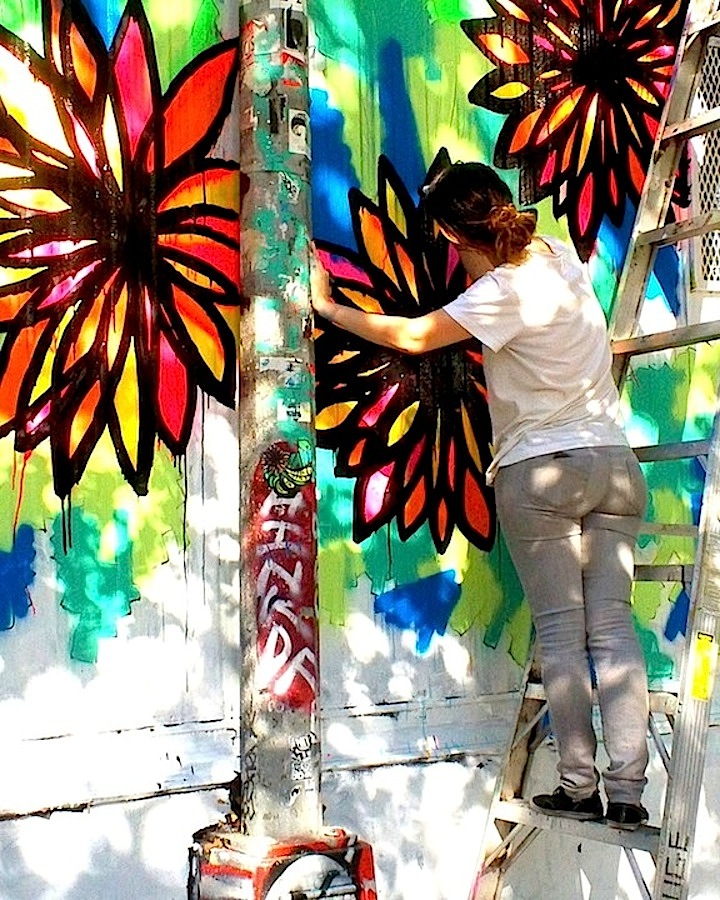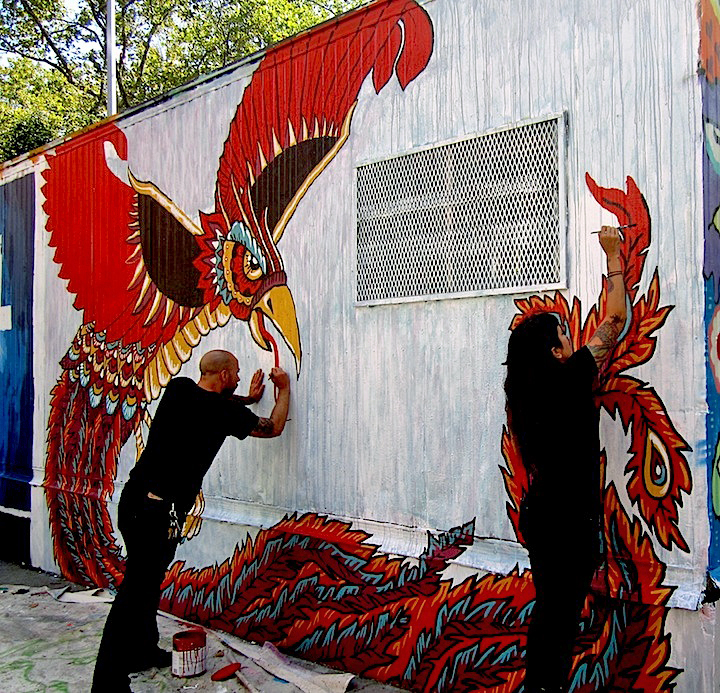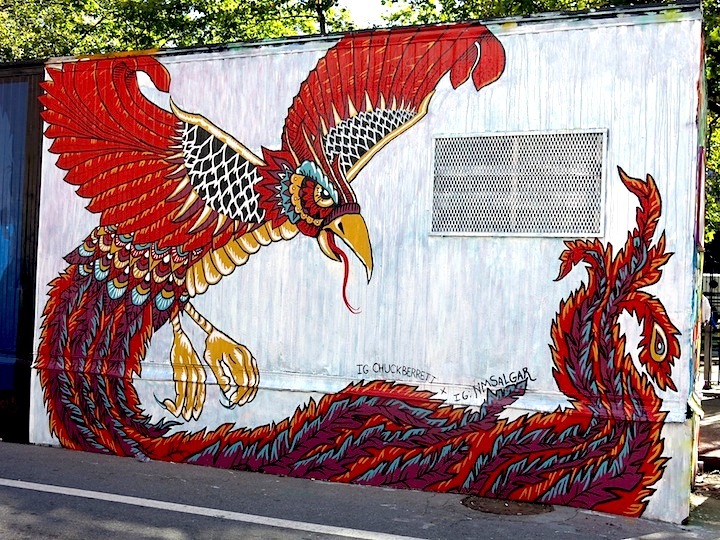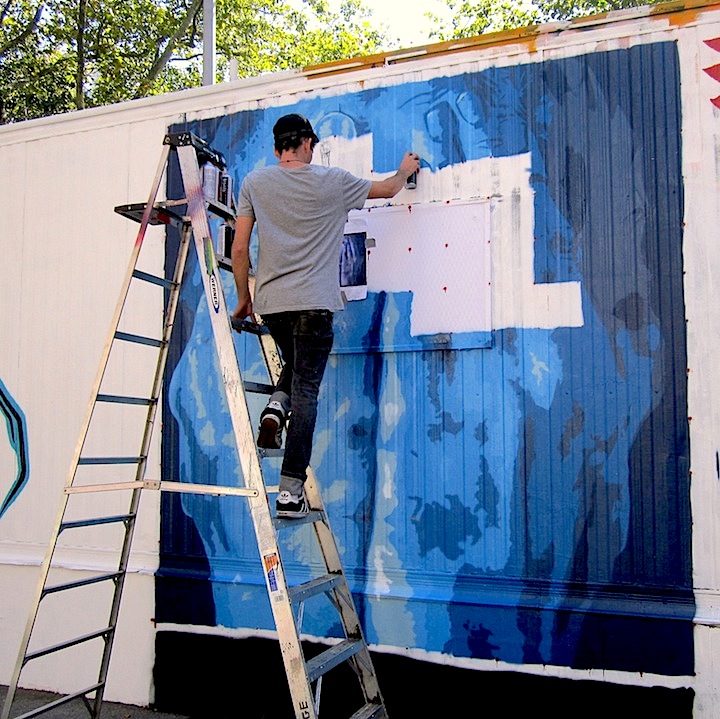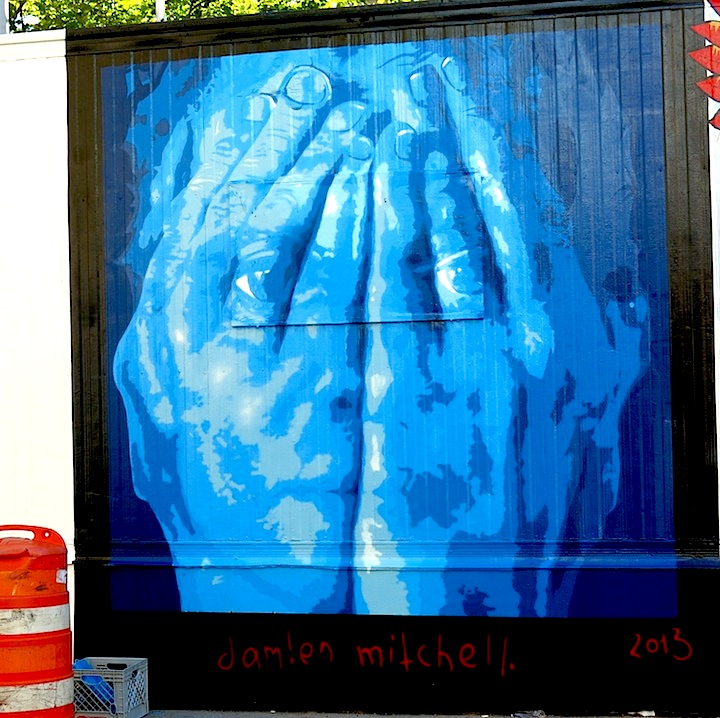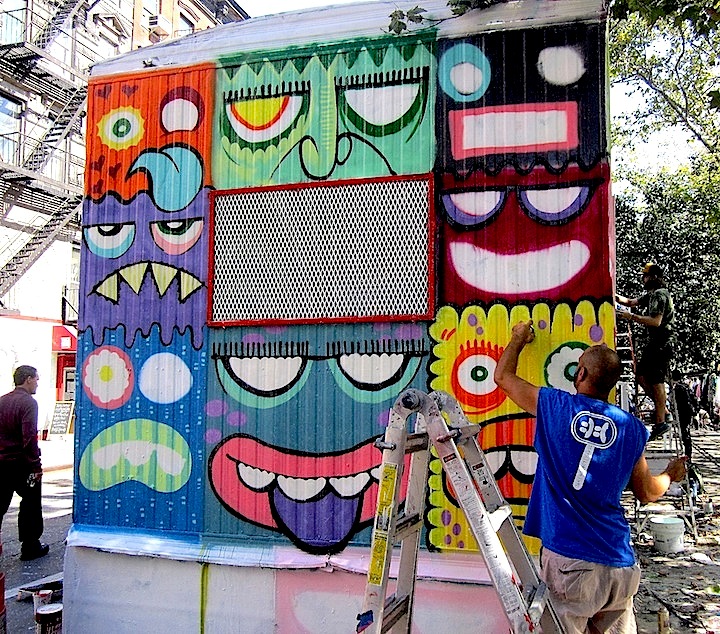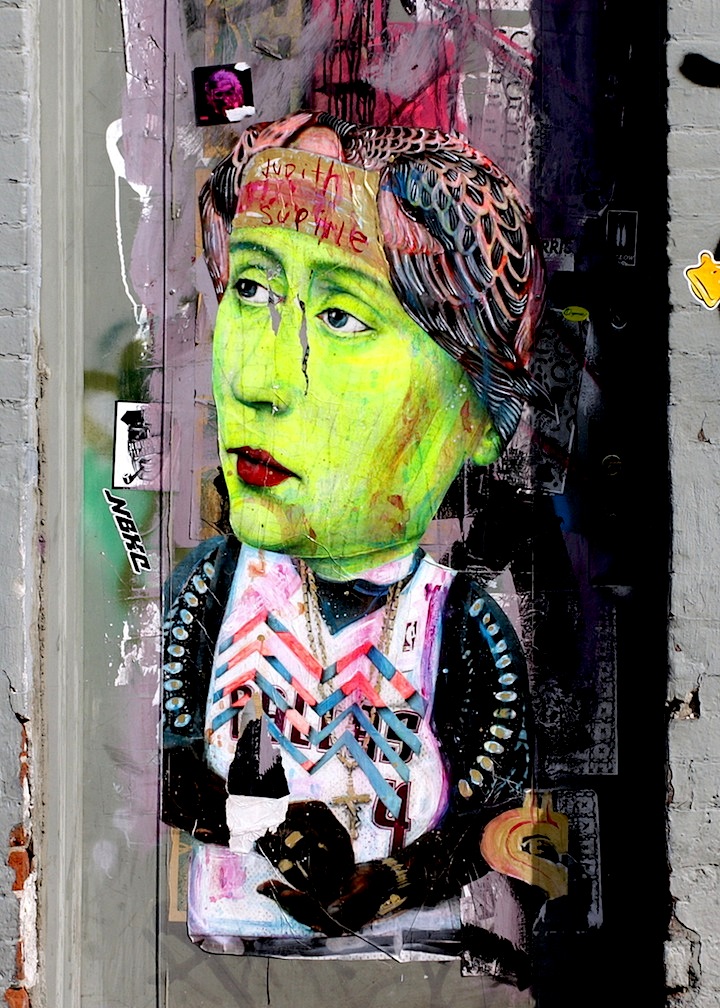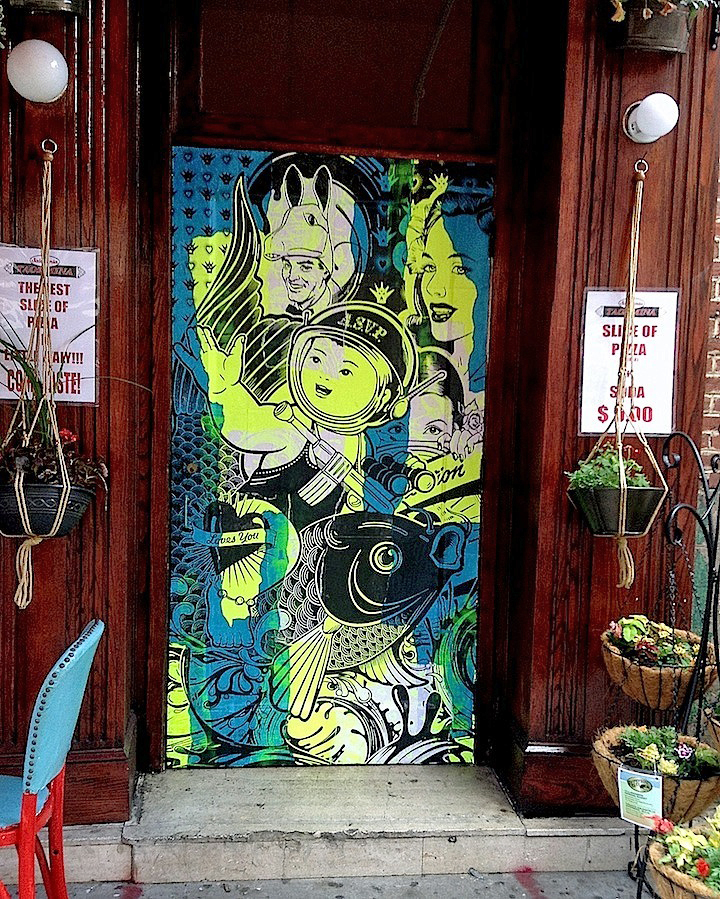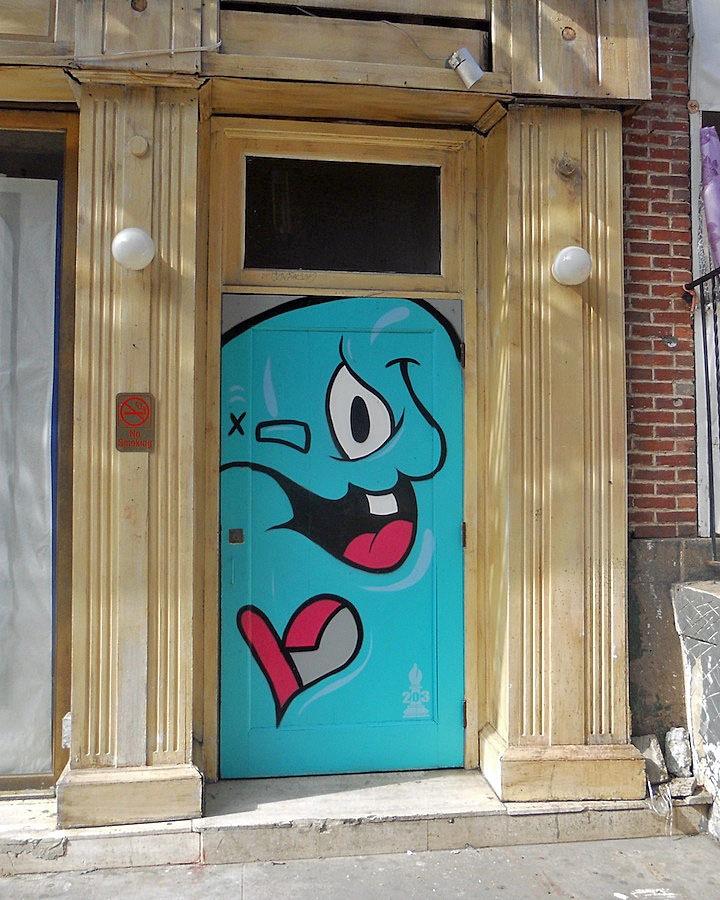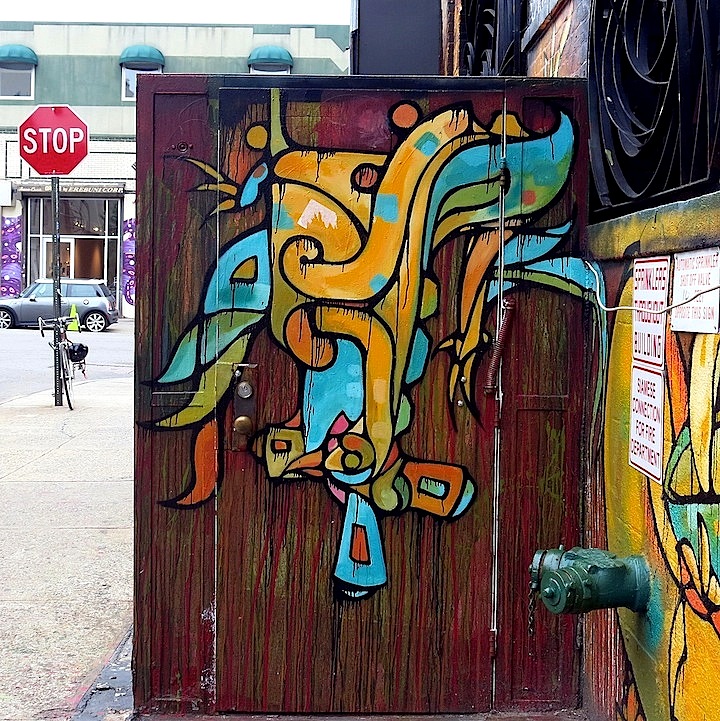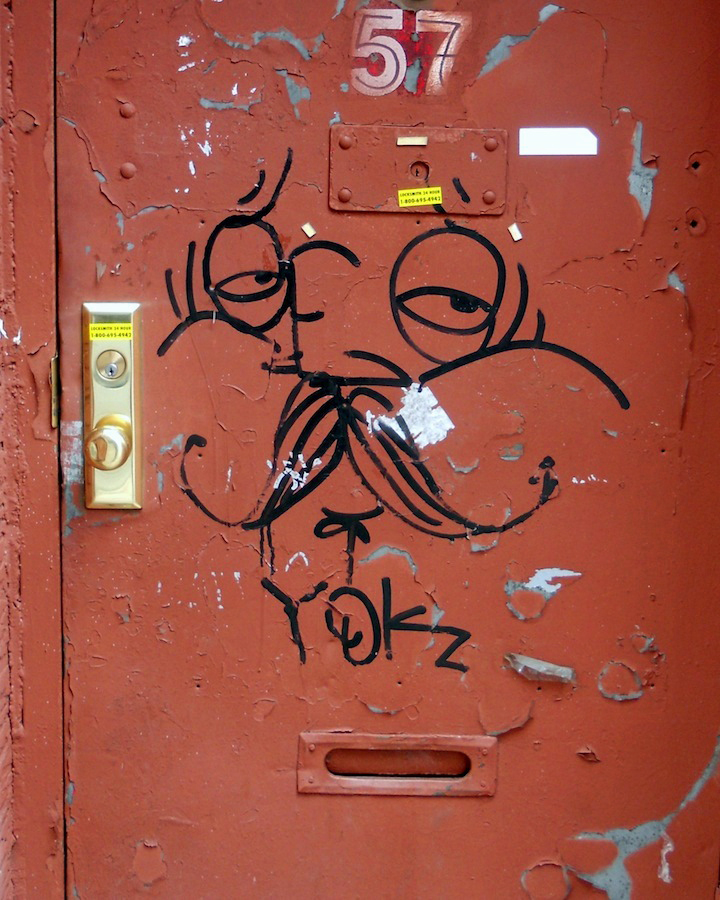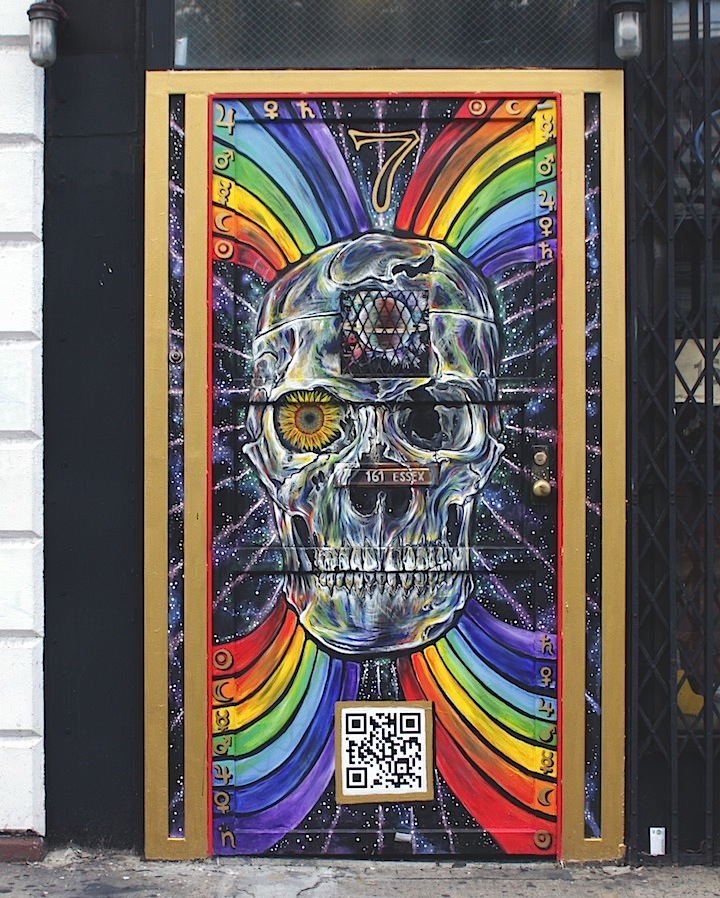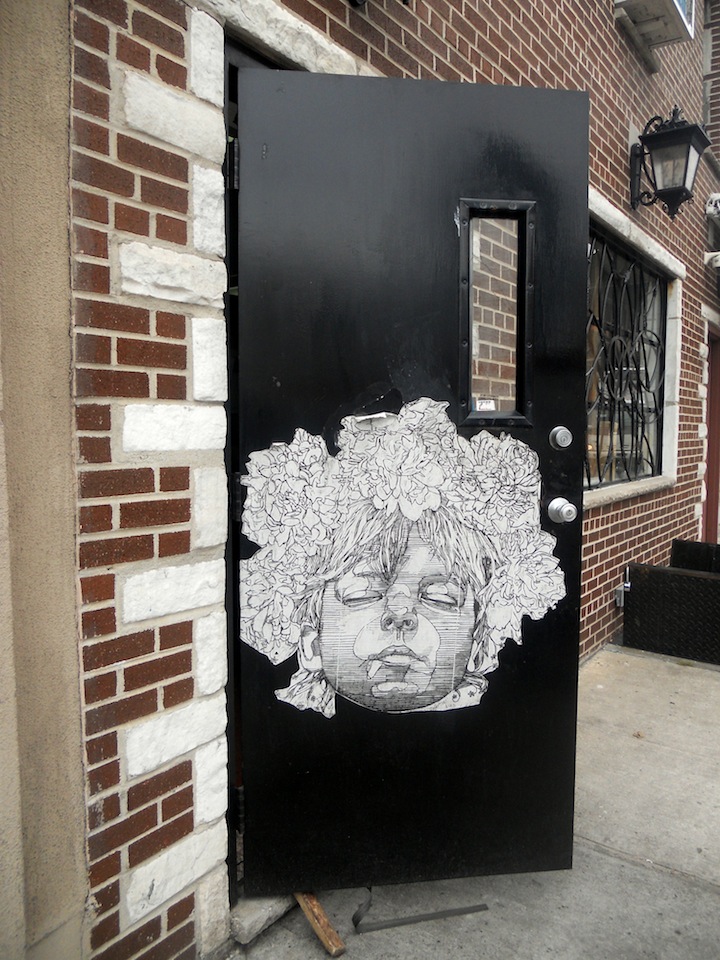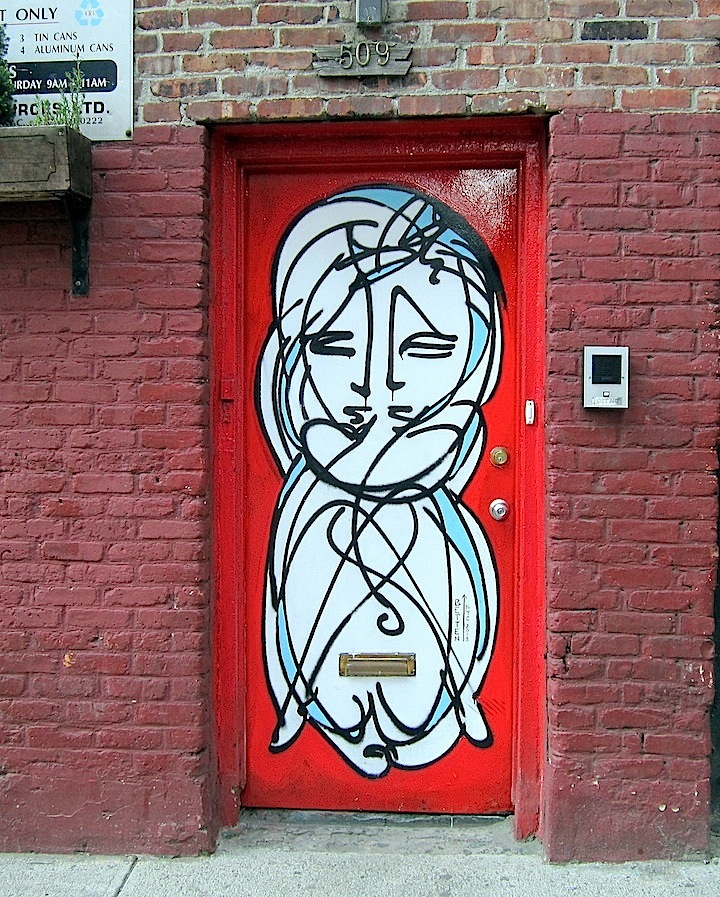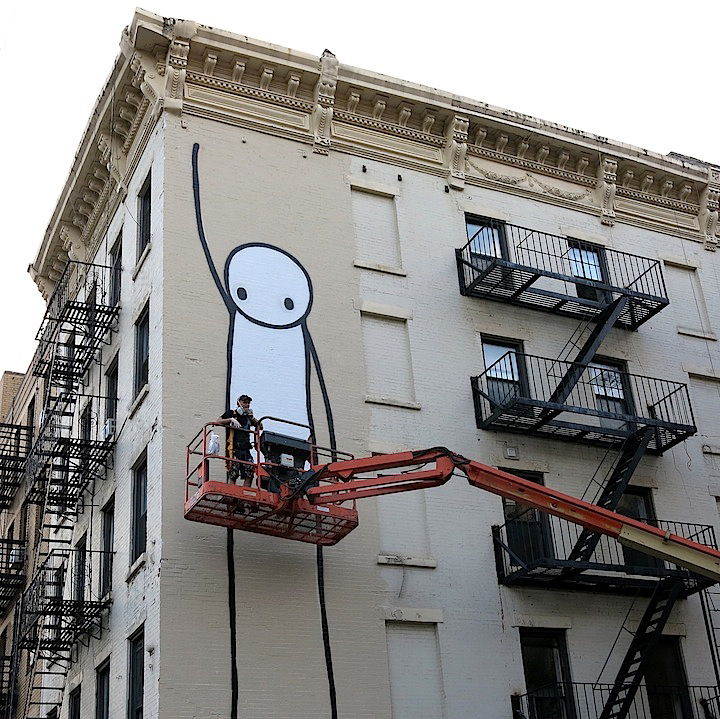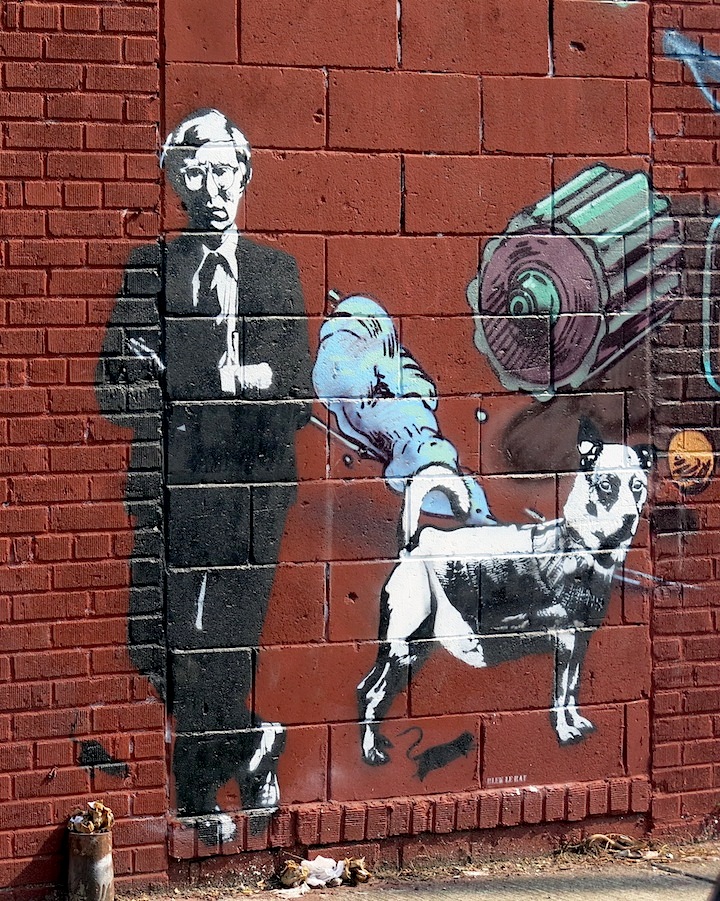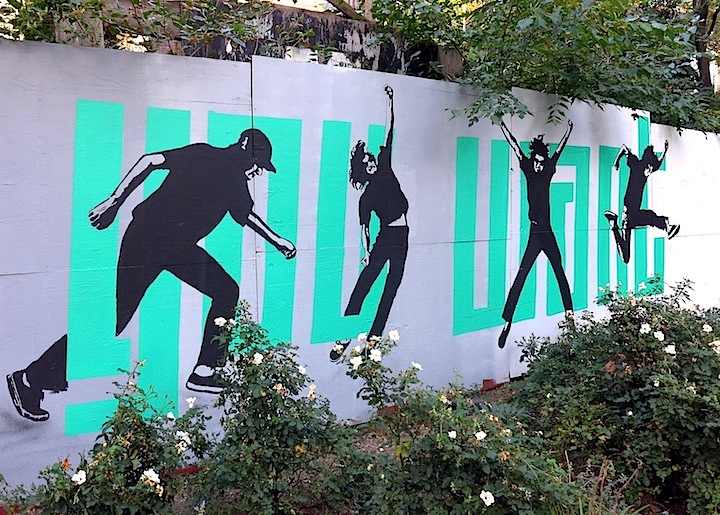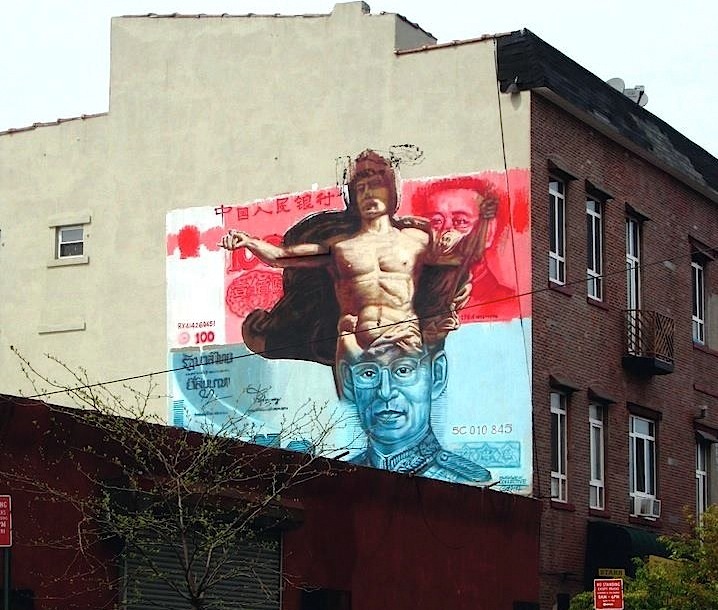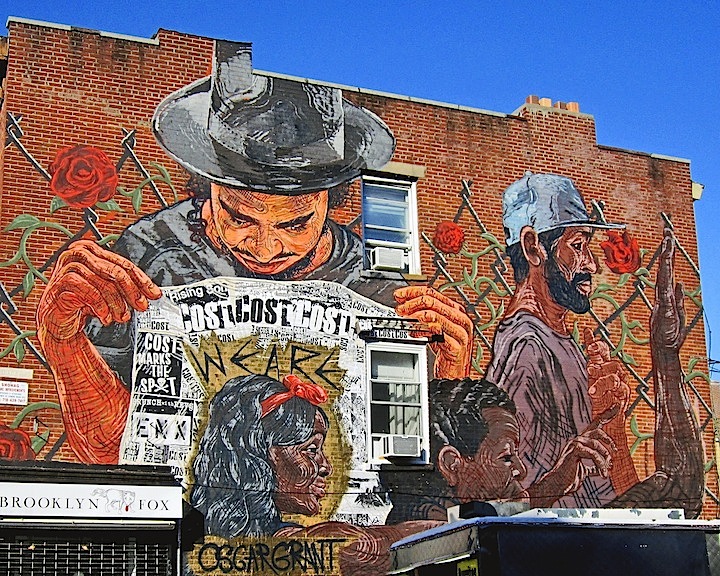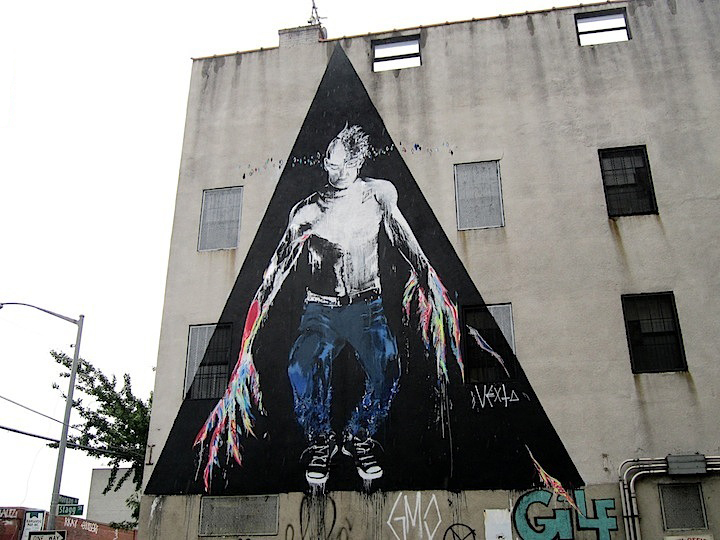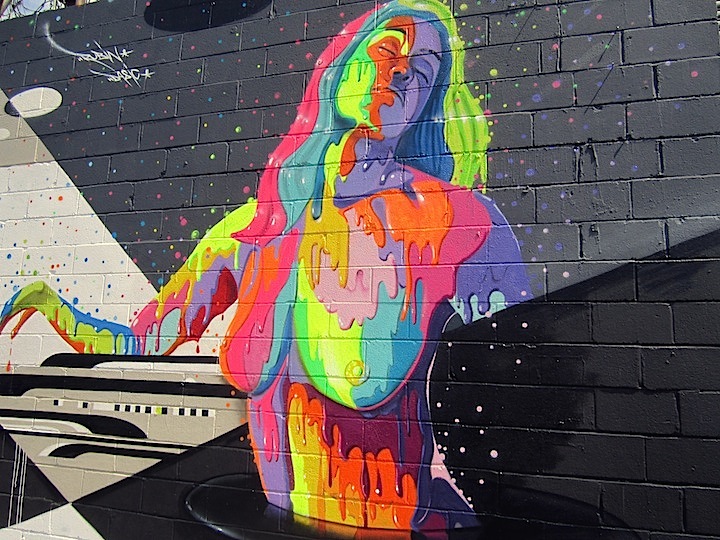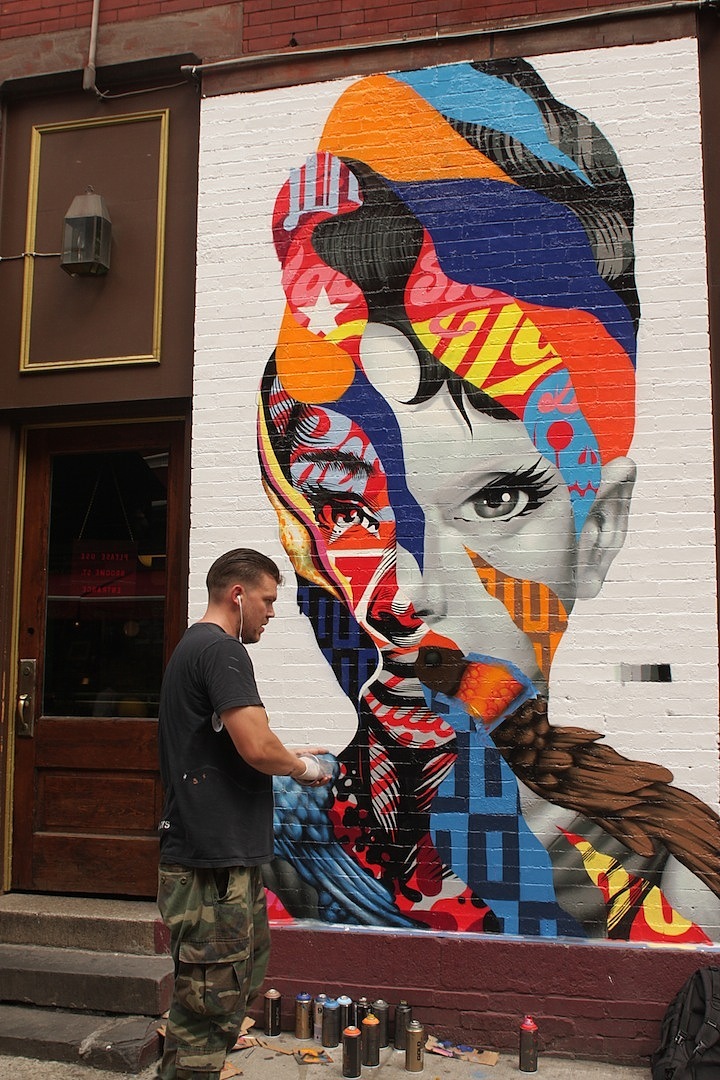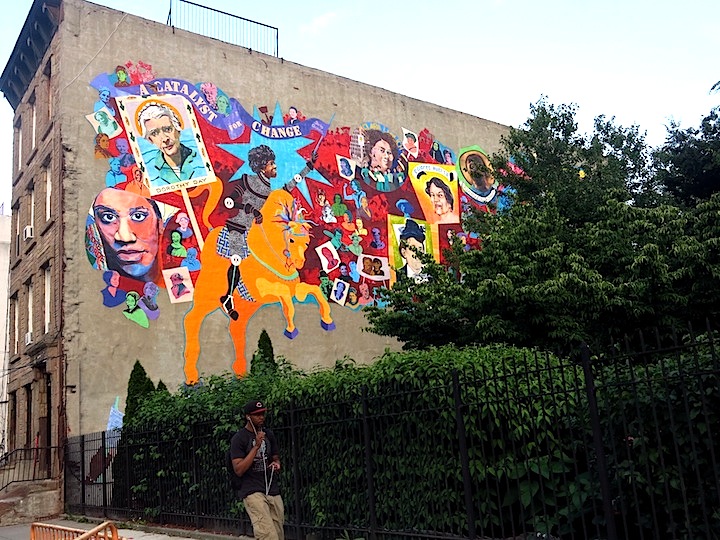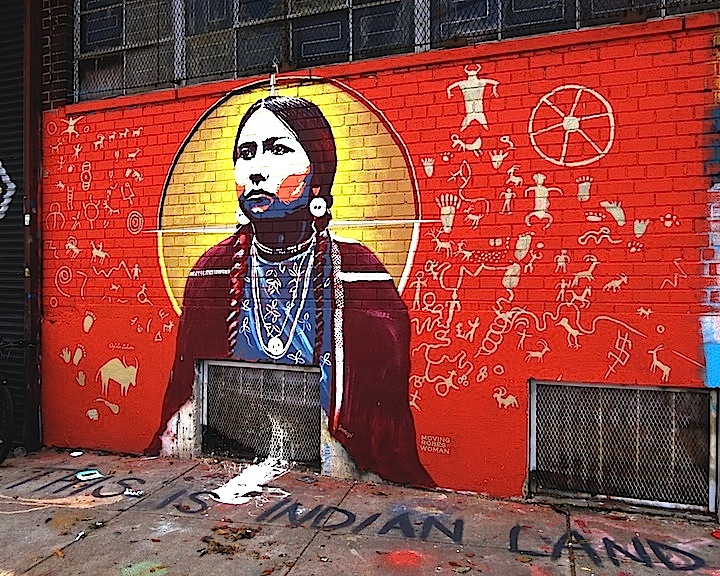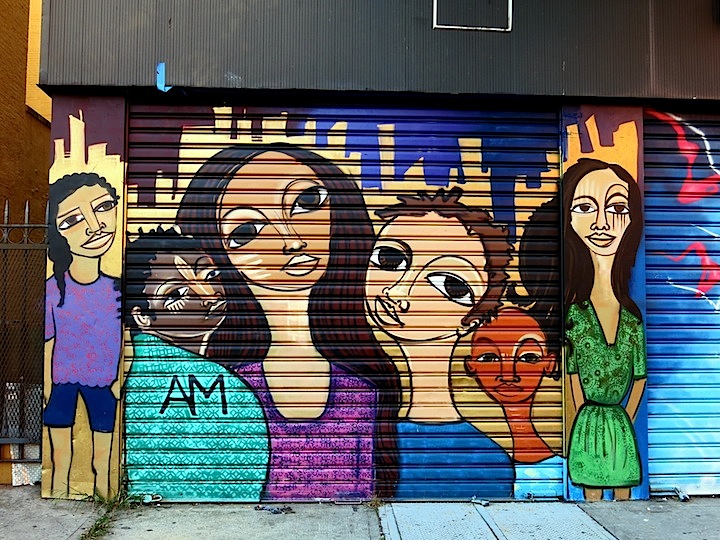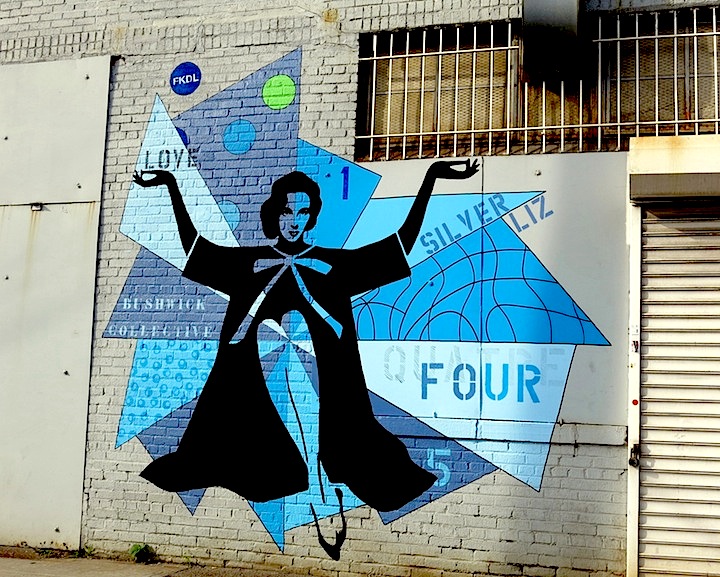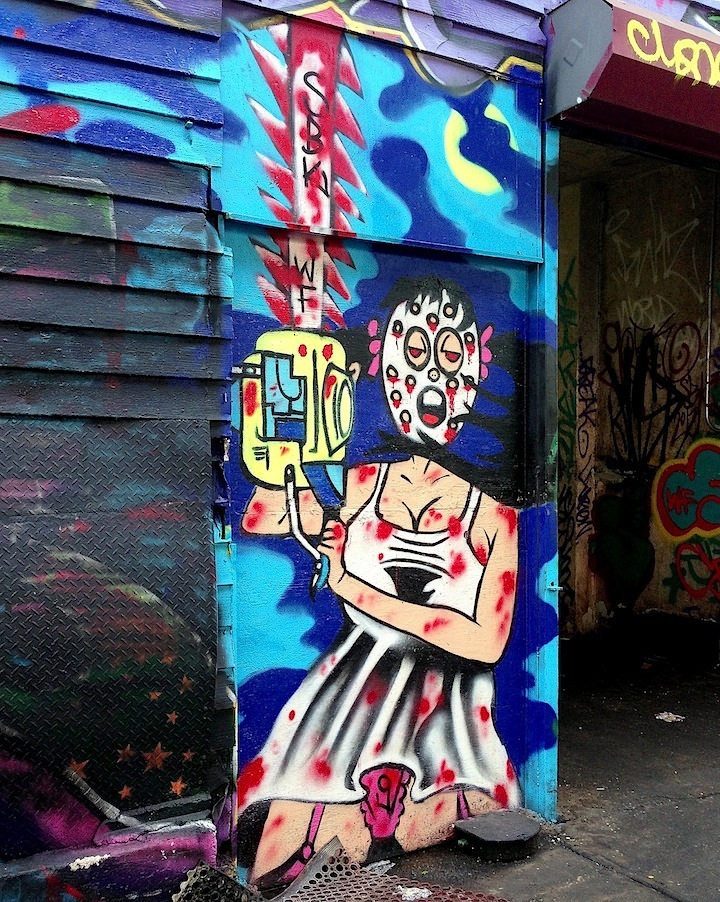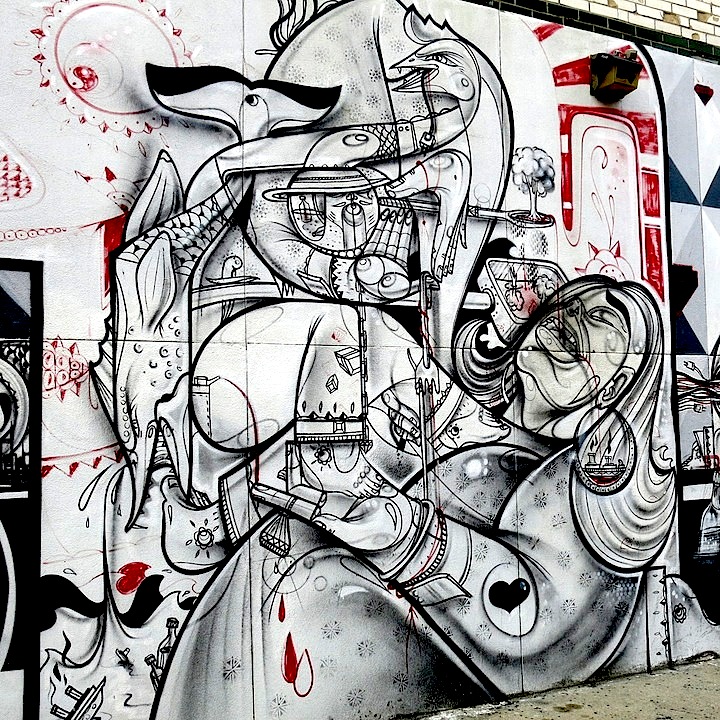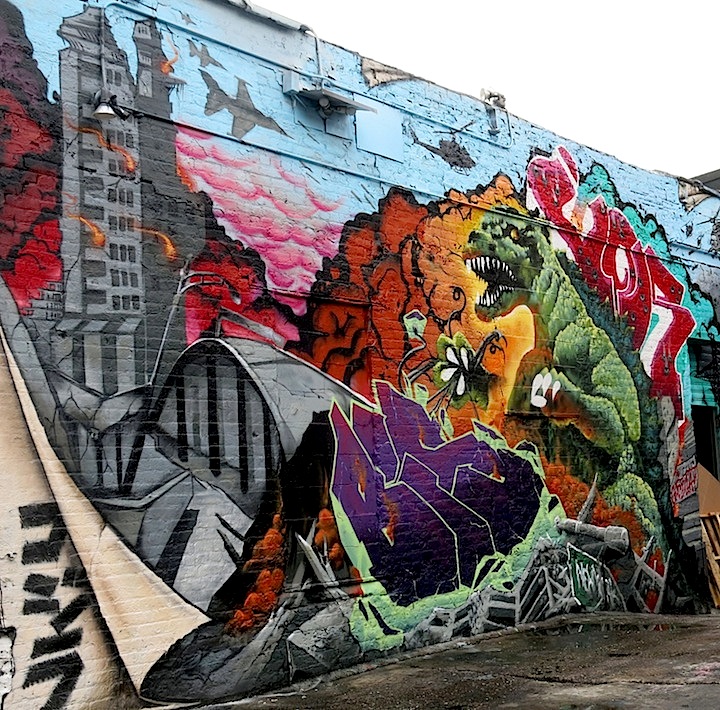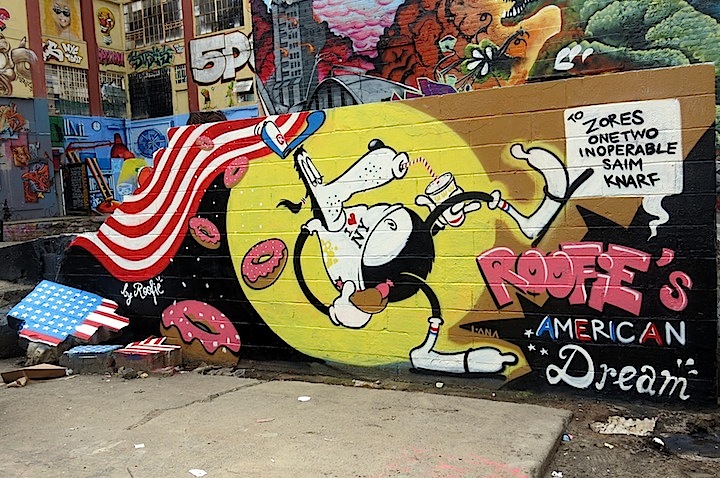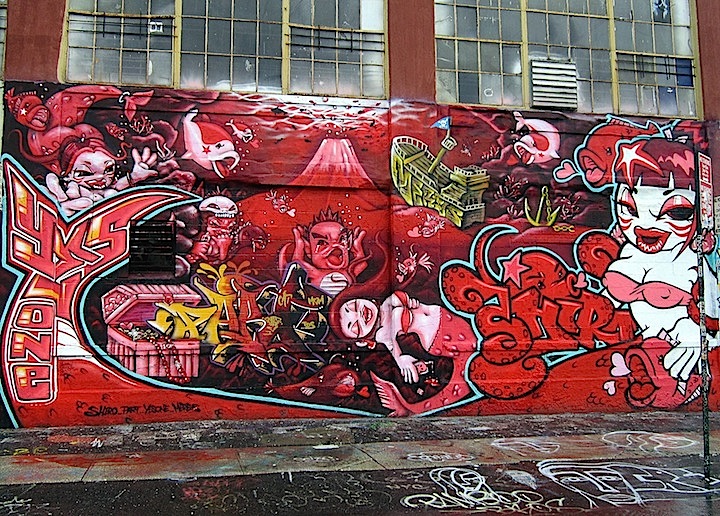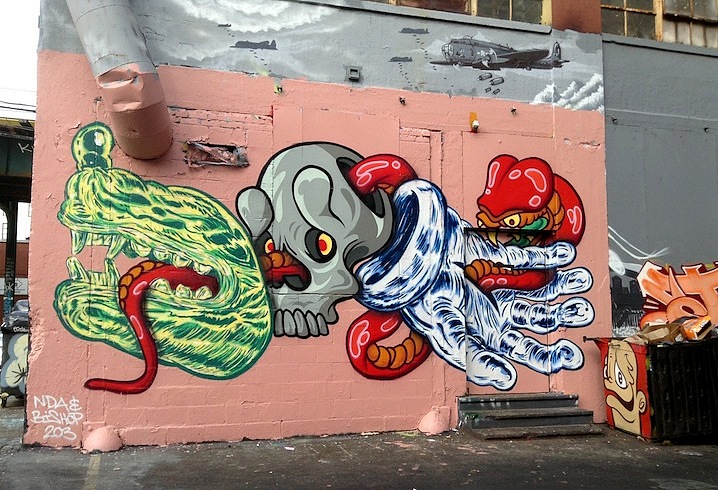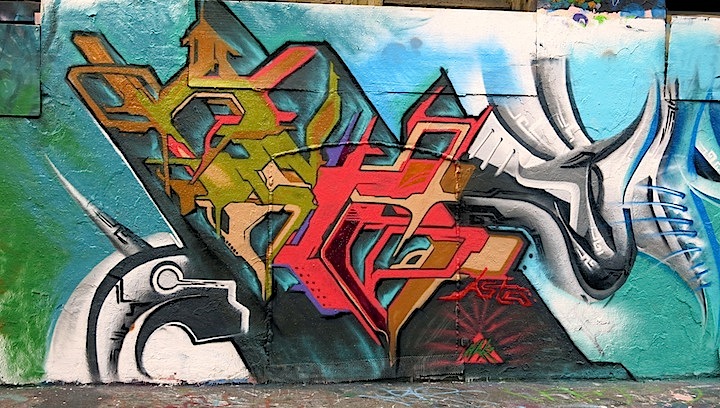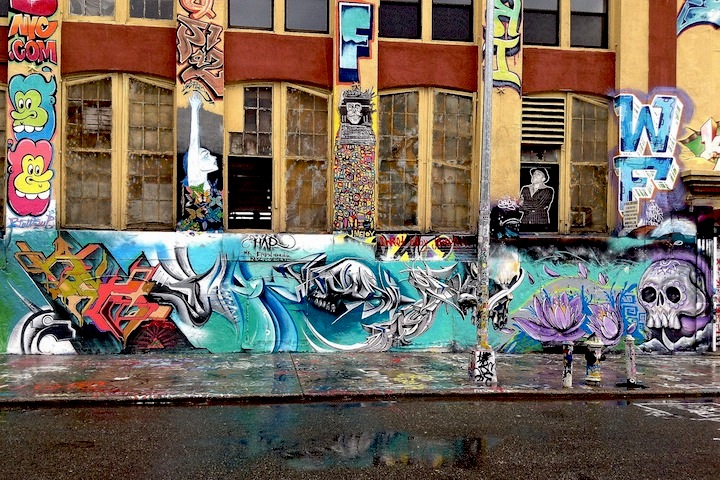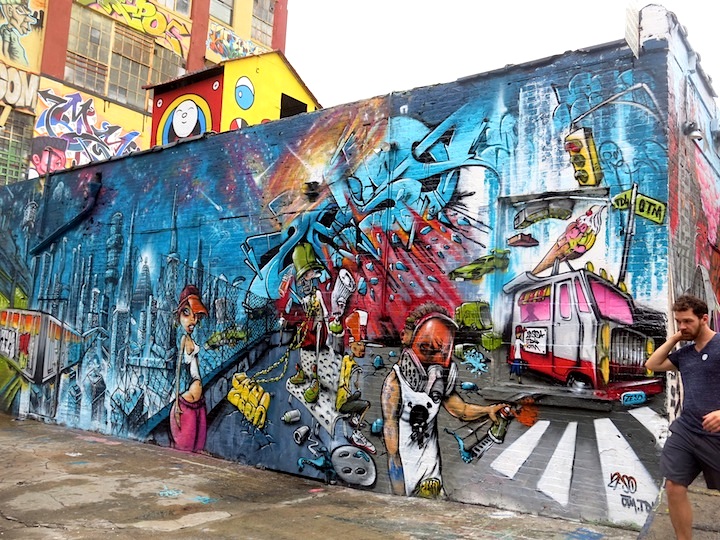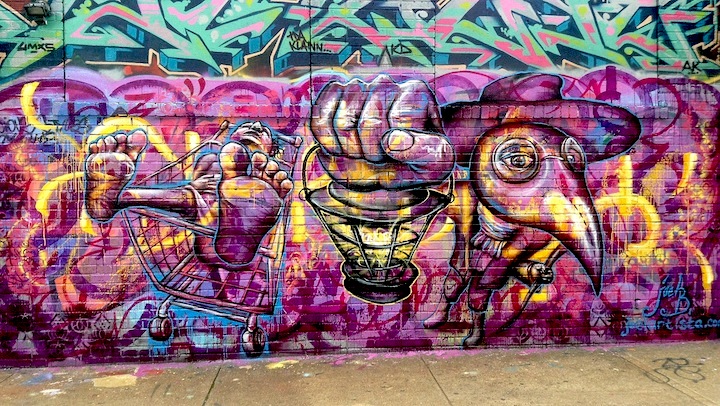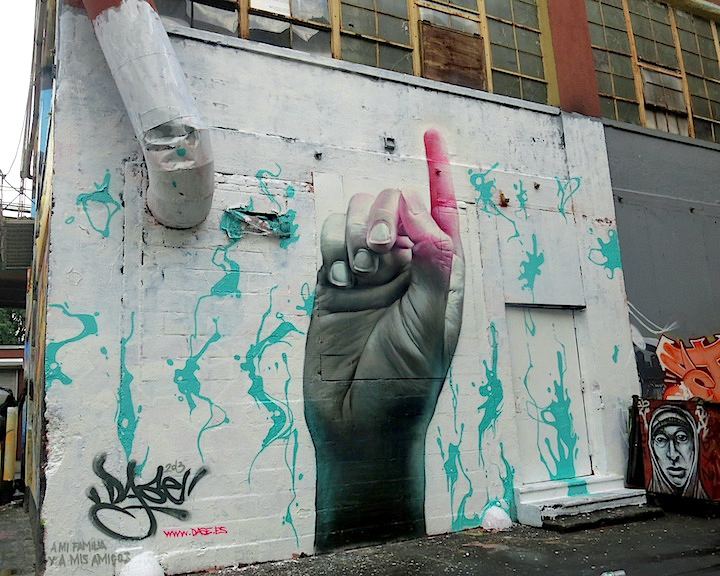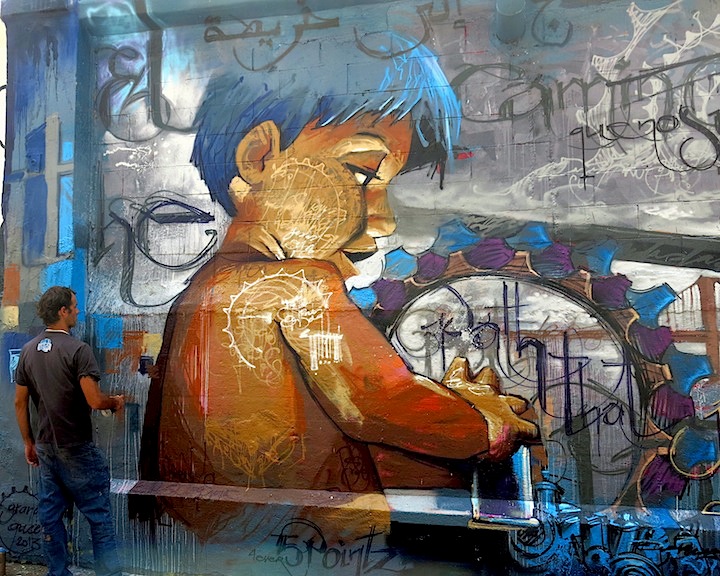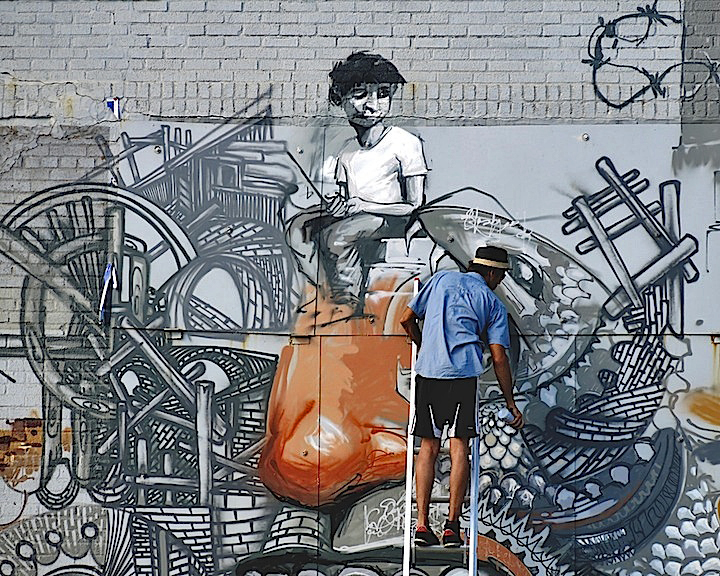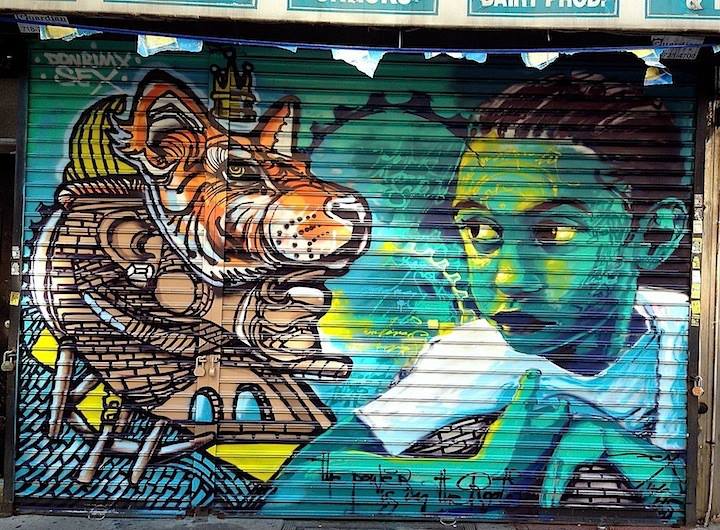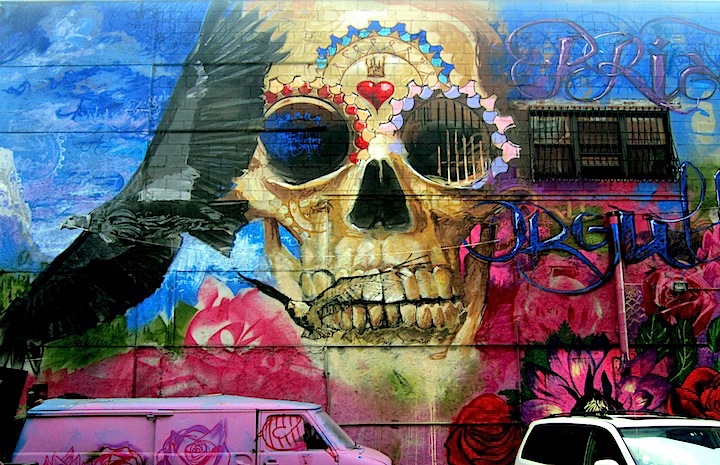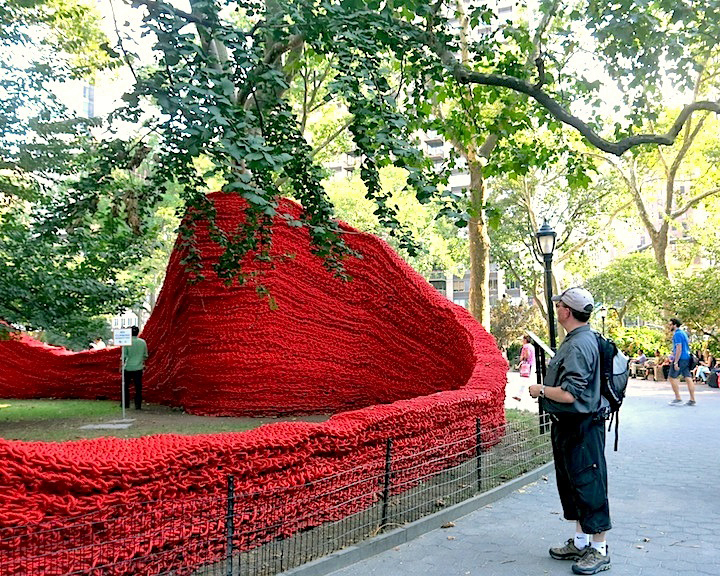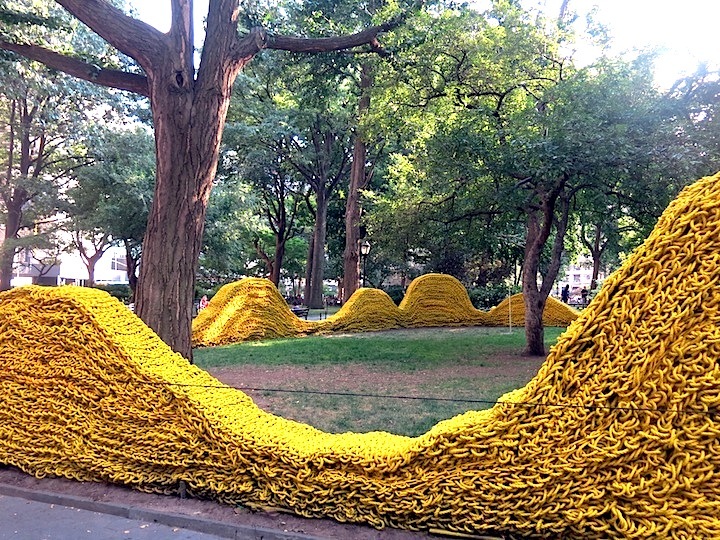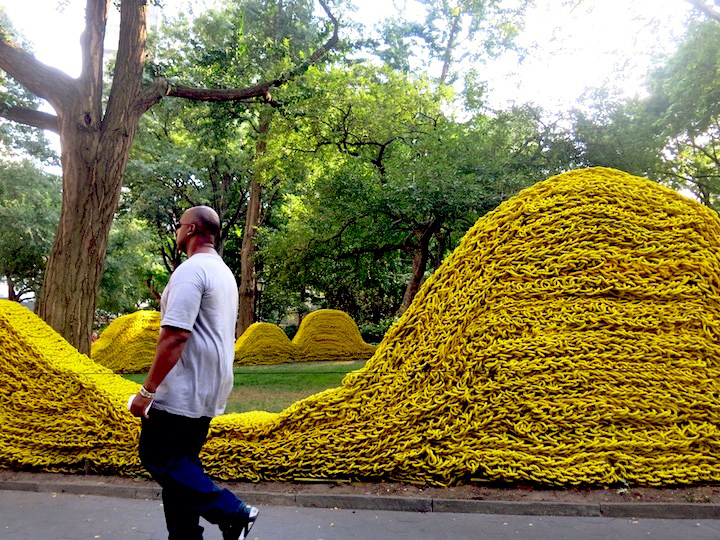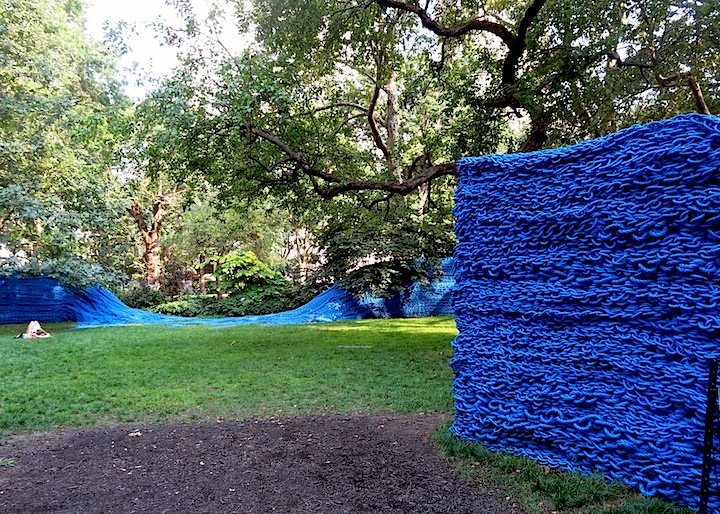COCO144 is a pioneer New York City-based graffiti/street artist. He started tagging in 1969, co-founded United Graffiti Artists and introduced the stencil into the graffiti movement in NYC. This interview was conducted and edited by Yoav Litvin. Yoav is a writer, photographer and author of a forthcoming book on NYC graffiti/street art.
You were there at the beginning of it all. How did graffiti start?
Graffiti is what the media called it. What I call the writing movement started in NYC back when I was in junior high in 1968. It began in the Inwood section of Manhattan with Julio204. Then in 1969, it took off in Washington Heights, with writers like Phil T. Greek and TAKI 183.
Why did writing start?
Writing was a reflection of the times — the socio-political and economic realities back then. It was a combination of the spirit of the anti-war movement, frustration with economical and social inequality, and racial and political tensions.

How do you feel about the evolution of it all? Where’s it heading? What’s the difference between today and back when graffiti just started out?
It has changed from a social scream of the inner city to a large-format, graphic design-like urban beautification movement. Go out right now and try to write your name on a wall, you’ll get arrested! Try to paint anything else and you’re more likely to get away with it. Back then, we wanted to be known within our circle of writers for destroying the system; you hit, do your thing and were cool to be incognito rather than celebrating who you are. That’s changed today.

Why do you think this movement has spread throughout the world?
Making your mark is a contagious virus with no known vaccination or cure.

Who do you consider are the pioneers?
My contemporaries, far too many to name, but I also feel that folks who are really interested in knowing the history of the movement should do their research.

How did you get your name – COCO144?
COCO was a term of endearment given to me by my parents when I was 3 months old. I grew up on 144th St. in Harlem.
What are some of your preferred mediums?
Markers, spray paint and later I developed the stencil for obvious tactical reasons.

What were some of the concerns and dangers you had to consider?
Going into the yards you always had to consider the third rail. Other than that, there wasn’t much security to worry about at that time.
How have you evolved as an artist?
My name has developed and evolved in a calligraphic sense. I’m still working with my name. I see it as a process of constant rediscovery of myself; my name is a big part of who I am. Today I am influenced by my workplace, a Science Research Institute in Manhattan. I integrate the sciences into my name. I find it fascinating that both art and science utilize and emphasize the process of experimentation/trial and error. Both also greatly value and rely on curiosity and modesty as driving forces. Lastly, both accentuate the importance of the process as much as that of the final product.

1) Photo, 1970
2) Photo, 1972
3) Photo, 1974
4) Photo, 1984
5) Photo, 1995
6) Photo, 2009
7) Photo, 2010
All photos ©COCO144
For a slideshow by COCO click the following link: COCO
For an interview with Yoav on Street Art NYC see here.
